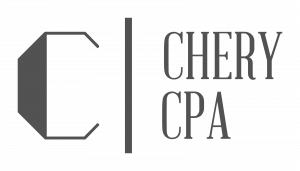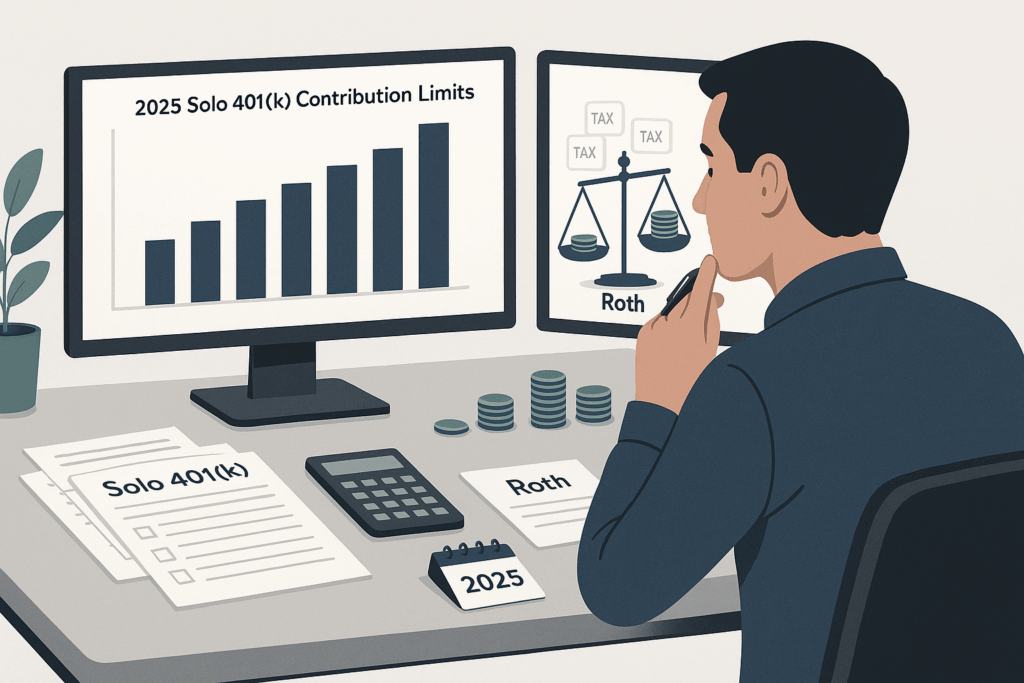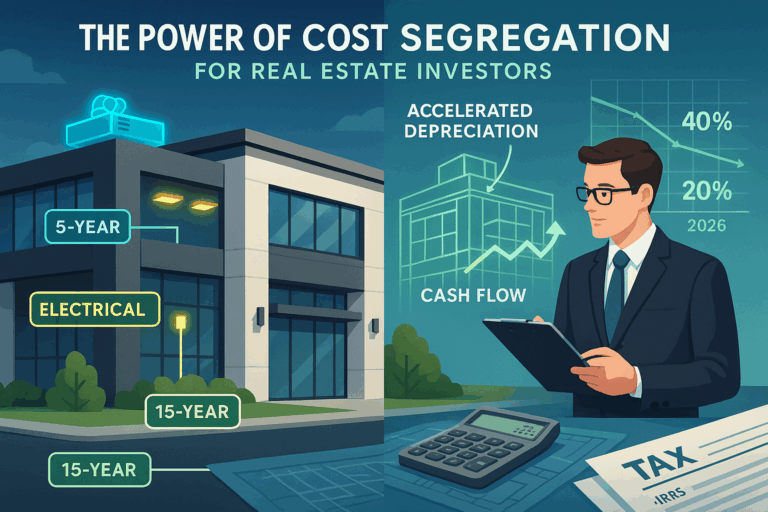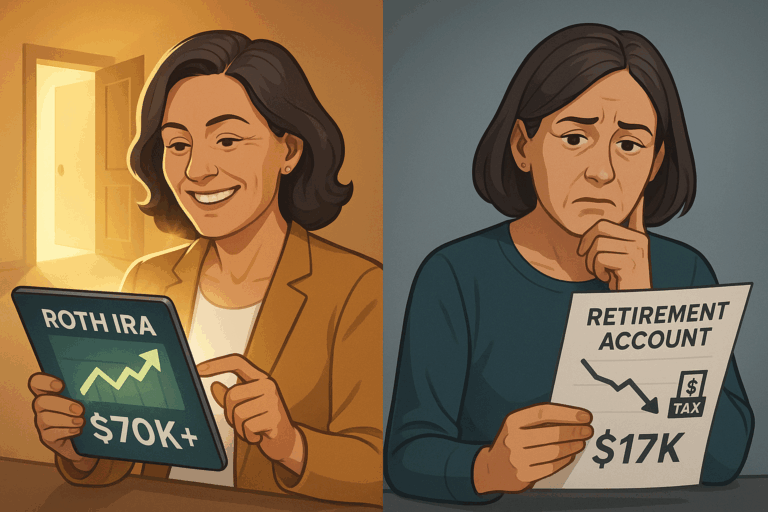Solo 401(k) in 2025: Maximizing Retirement Benefits for the Self-Employed
The Solo 401(k) plan has emerged as a powerful retirement vehicle for self-employed individuals and business owners with no employees other than a spouse. As 2025 unfolds, significant changes to contribution limits and regulatory updates through the SECURE 2.0 Act are reshaping the retirement planning landscape. With employee contribution limits rising to $23,500 and combined limits reaching up to $81,250 for certain age groups, understanding how to leverage these enhancements is crucial for optimizing your retirement strategy. This article explores the evolving Solo 401(k) framework, examining the increased contribution opportunities, tax planning options, and potential challenges faced by plan holders. Whether you’re a seasoned entrepreneur or newly self-employed, these insights will help you navigate the complex world of retirement planning with confidence and maximize your financial security for the future.
Understanding the 2025 Contribution Landscape
Tax-Optimization with Pre-Tax and Roth Options
Self-employed individuals with Solo 401(k) plans have a powerful advantage in retirement planning: the ability to strategically allocate contributions between pre-tax and Roth options within the same plan. This tax diversification strategy can significantly impact your retirement nest egg and tax situation in later years.
Understanding the Fundamental Differences
Pre-tax and Roth contributions represent two distinct approaches to retirement saving, each with unique tax implications:
Pre-Tax Contributions: These contributions reduce your current taxable income, providing immediate tax savings at your marginal tax rate. For example, if you’re in the 22% federal tax bracket, a $10,000 pre-tax contribution could save you $2,200 in taxes this year [Source: Carry.com]. However, both your contributions and their growth will be taxed as ordinary income when withdrawn in retirement.
Roth Contributions: Made with after-tax dollars, these contributions provide no immediate tax benefit. However, qualified withdrawals in retirement—including all growth—are completely tax-free [Source: Solo401k.com]. This creates a tax-free income stream that can be invaluable during retirement.
The Solo 401(k) Advantage: Contribution Flexibility
Unlike many employer-sponsored plans, Solo 401(k)s offer unique flexibility by allowing you to make both types of contributions within the same plan [Source: Vestwell]. This creates opportunities for strategic tax planning:
- As an employee, you can direct your elective deferrals ($23,500 in 2025) to either pre-tax, Roth, or a combination of both.
- As an employer, your profit-sharing contributions (up to 25% of compensation) must be made pre-tax.
This structure allows for nuanced tax planning strategies that can be adjusted annually based on your financial situation.
Strategic Allocation Approaches
The optimal allocation between pre-tax and Roth contributions depends primarily on your current versus anticipated future tax brackets. While predicting future tax rates involves some uncertainty, several guiding principles can help:
Current vs. Future Tax Rate Analysis: If you expect to be in a lower tax bracket during retirement, pre-tax contributions may provide greater lifetime tax benefits. Conversely, if you anticipate being in a higher tax bracket later, Roth contributions would likely be more advantageous [Source: Ameriprise].
Tax Diversification Strategy: Rather than choosing exclusively between pre-tax and Roth, consider building both types of accounts to create tax flexibility in retirement. This approach—sometimes called “tax diversification”—allows you to strategically withdraw from different account types based on your tax situation in any given year [Source: Farther].
Practical Example: Balancing Contributions by Life Stage
Consider how different professionals might approach contribution allocation:
Early-Career Professional: A self-employed consultant earning $80,000 might allocate their employee deferrals primarily to Roth accounts while their income (and tax bracket) is relatively lower. This maximizes tax-free growth potential over a longer time horizon.
Peak-Earning Physician: A doctor with $350,000 in net income might direct their employee deferrals to pre-tax accounts to reduce current high-bracket taxation, while simultaneously building some Roth assets for tax diversification [Source: RBC Wealth Management].
Near-Retirement Business Owner: A business owner age 62 with substantial pre-tax retirement assets might prioritize Roth contributions to build tax-free withdrawal options, potentially helping manage required minimum distributions and Medicare premium surcharges later.
Enhanced Catch-Up Provisions for Ages 60-63
The SECURE 2.0 Act created special opportunities for those aged 60-63. Beginning in 2025, individuals in this age group can make enhanced catch-up contributions of $11,250 to their Solo 401(k) plans (compared to the standard $7,500 catch-up for those 50+ in other age ranges) [Source: Morgan Lewis].
Strategic consideration: For high-income self-employed individuals in this age bracket, you face a unique opportunity to supercharge retirement savings. However, be aware that beginning in 2026, if your prior year income exceeds $145,000, all catch-up contributions must be made as Roth contributions [Source: IRS].
Advanced Strategy: The “Mega Backdoor Roth” in Solo 401(k)s
For self-employed individuals seeking to maximize Roth savings, a specialized Solo 401(k) plan design can enable what’s commonly called the “Mega Backdoor Roth” strategy. This involves:
- Making after-tax (non-Roth) contributions to your Solo 401(k), beyond the standard employee deferral limits
- Converting these after-tax contributions to Roth status through in-plan Roth conversions
This strategy requires specific plan provisions that allow both after-tax contributions and in-plan Roth conversions [Source: Solo401k.com]. When properly implemented, it can potentially allow you to contribute up to the full annual defined contribution limit ($70,000 in 2025, or $77,500 for those 50+) to Roth accounts [Source: Carry.com].
Determining Your Optimal Allocation: A Worksheet Approach
To determine your optimal allocation between pre-tax and Roth contributions, consider this calculation framework:
Step 1: Calculate your adjusted net income for retirement plan purposes:
- Net Profit from Self-Employment: $________
- Self-Employment Tax Deduction (Net Profit × 15.3% × 0.5): $________
- Adjusted Net Income: $________
Step 2: Analyze your current marginal tax rate versus anticipated retirement tax rate:
- Current Federal Tax Bracket: _____% State: _____%
- Projected Retirement Tax Bracket: _____% State: _____%
Step 3: Model the long-term impact using a comparative analysis [Source: TIAA]:
For a $10,000 contribution:
– Pre-tax value today: $10,000 contribution + $2,400 tax savings (assuming 24% bracket)
– Roth value today: $10,000 contribution (no immediate tax savings)
After 25 years at 7% growth:
– Pre-tax account: $54,274 (before taxes)
– After taxes at 20% bracket: $43,419
– After taxes at 30% bracket: $37,992
– Roth account: $54,274 (tax-free)
Looking Ahead: The 2026 Roth Catch-Up Requirement
Beginning in 2026, anyone earning over $145,000 (adjusted for inflation) must make all catch-up contributions as Roth contributions rather than pre-tax [Source: Thomson Reuters]. This provision applies to standard catch-up contributions ($7,500 for those 50+) as well as the enhanced catch-up ($11,250 for ages 60-63).
For high-earning self-employed individuals, this represents both a challenge and an opportunity. While losing the option for pre-tax catch-up contributions, you’ll be building additional tax-free retirement assets that could prove valuable in managing your overall tax situation in retirement.
Navigating Administrative Challenges and Compliance
Conclusions
The Solo 401(k) offers unparalleled advantages for self-employed individuals seeking to maximize retirement savings while maintaining flexibility and control. With 2025’s higher contribution limits and the strategic enhancements brought by the SECURE 2.0 Act, the plan’s value proposition has strengthened considerably. As we’ve explored, balancing pre-tax and Roth contributions, leveraging age-based catch-up provisions, and understanding compliance requirements are essential to optimal plan management. Looking ahead, self-employed individuals should prepare for further changes in 2026, including mandatory Roth catch-up contributions for high earners. By working with knowledgeable advisors and staying informed about regulatory updates, Solo 401(k) holders can confidently build substantial retirement reserves while minimizing tax burdens. In today’s evolving financial landscape, the Solo 401(k) stands out as a remarkably versatile tool for those willing to take control of their financial future.
Sources
- Ameriprise – Tax Diversification Retirement
- Carry.com – Mega Backdoor Roth Solo 401k
- Carry.com – Roth Solo 401k vs Traditional Solo 401k
- Farther – What is Tax Diversification
- IRS – Treasury IRS Issue Proposed Regulations on New Roth Catch-up Rule Other SECURE 2.0 Act Provisions
- Morgan Lewis – IRS Issues Proposed Regulations on SECURE 2.0 Catch-up Contribution Changes
- RBC Wealth Management – Retirement Income Planning Should Include Tax Diversification Strategies
- Solo401k.com – Solo 401k Contribution Types
- Solo401k.com – Mega Backdoor Roth IRA Solo 401k
- Thomson Reuters – What are Mandatory 401k Roth Contributions under the SECURE 2.0 Act
- TIAA – Pre-tax Contributions or Roth After-tax Deferral
- Vestwell – What’s the Difference Between Pre-tax and Roth 401k Contributions





